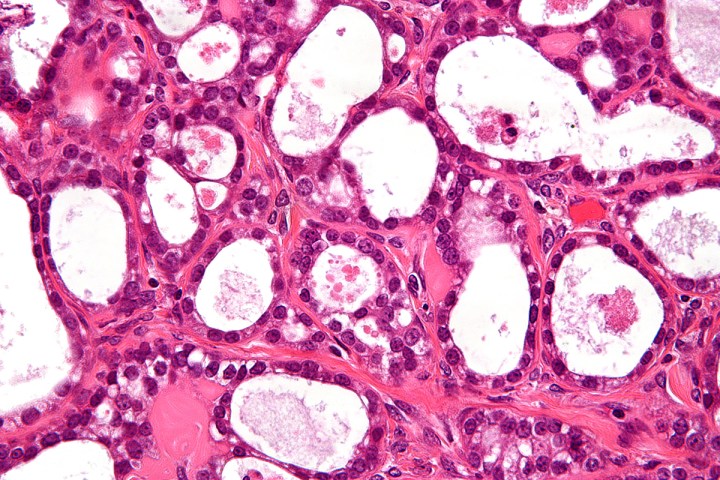
Supported by a £67,000 ($98,000) grant from the Brain Tumor Charity, a team led by Dr. Will Shu and Dr. Nicholas Leslie of Heriot-Watt University’s Institute of Biological Chemistry, Biophysics and Bioengineering will 3D print brain tumor stem and cancerous cells using a unique technique, reports The National. The scientists then hope to study the printed tumors and experiment on them with various drug treatments.
“We have developed a novel 3D-printing technique to print brain tumor cells for the first time, cells that continue to grow rapidly, more closely mimicking the growth of these aggressive tumors in real life,” Dr. Leslie told The National. “Our goal is that this should provide a new way of testing drugs to treat brain tumors, leading to new treatments and speeding up the process by which new drugs become available to patients.”
Laboratory-grown cancer cells don’t usually behave as they do in the body since it’s too difficult to recreate the tumor’s biological environment. This means previous attempts to grow and test them haven’t offered scientists the valuable insight they were hoping for. By recreating the environment within our body, Dr. Shu and Dr. Leslie hope their technique will better resemble the cancer cells’ growth in patients’ brains, and thus allow for more beneficial experiments.
“The prognosis for newly diagnosed brain tumor patients is currently very poor and improvements have been very limited, in large part due to the failure in clinical trials of many new drugs,” Dr. Shu told The National. “We hope our research will help develop a model that closely matches … the response of individuals’ brain tumors to drugs, allowing more effective treatment to be carried out for patients.”
Editors' Recommendations
- Nvidia turns simple text prompts into game-ready 3D models
- AMD is bringing 3D V-Cache back to Ryzen 7000 — but there’s a twist
- AMD’s revolutionary 3D V-Cache chip could launch very soon
- Fighting football injuries with 3D-printed, hyper-personalized pads
- AMD’s 3D-stacked Ryzen 7 5800X3D is ‘world’s fastest gaming processor’


